A Comprehensive Report on Westpac Bank's Executive Performance and Pay
VerifiedAdded on 2021/06/17
|18
|1487
|118
Report
AI Summary
This report provides a detailed analysis of executive remuneration at Westpac, one of Australia's 'big four' banks. It begins with an introduction to the concept of executive compensation and the importance of performance evaluation. The report then reviews the existing literature on executive performance and remuneration in public companies, including the effectiveness of control systems within organizations. A significant portion of the report is dedicated to a company review of Westpac, including the composition and responsibilities of its remuneration committee, the allocation of executive remuneration, and the mix of performance measures used (financial and non-financial). It examines key financial measures such as earnings per share, return on investment, and return on equity, along with non-financial measures like the balanced scorecard. The report also discusses changes in executive remuneration reporting and compares company performance with executive pay. The findings summarize Westpac's remuneration policy and its impact on performance. The analysis section reviews the remuneration methods used and their effectiveness. Finally, the report concludes with recommendations for Westpac, such as adding a table in the annual report disclosing key pay elements and providing detailed information on employment contracts, and it emphasizes the importance of considering material factors when setting pay policy, particularly shareholder views. References to academic papers and the Westpac website are included.
1 out of 18

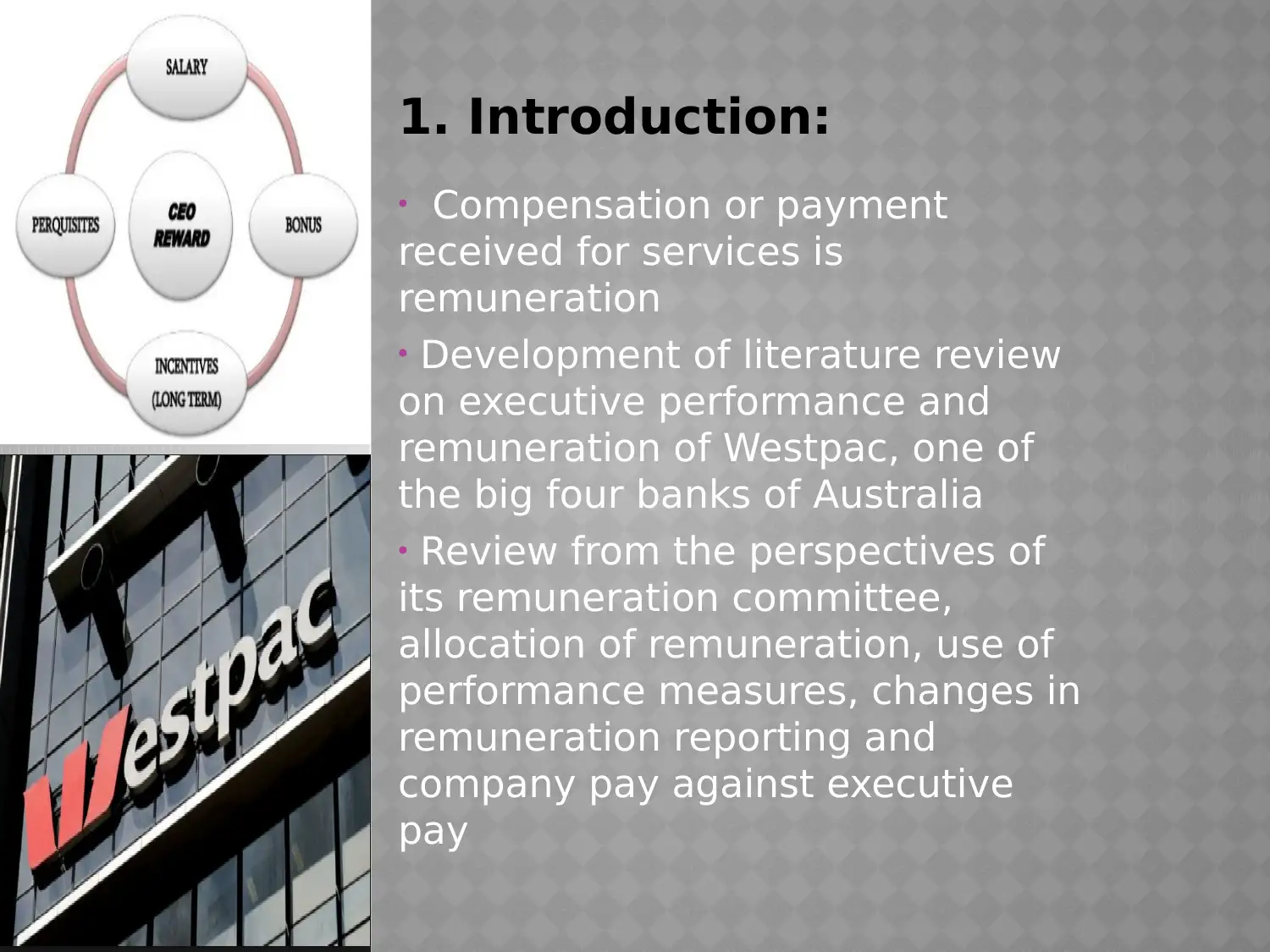
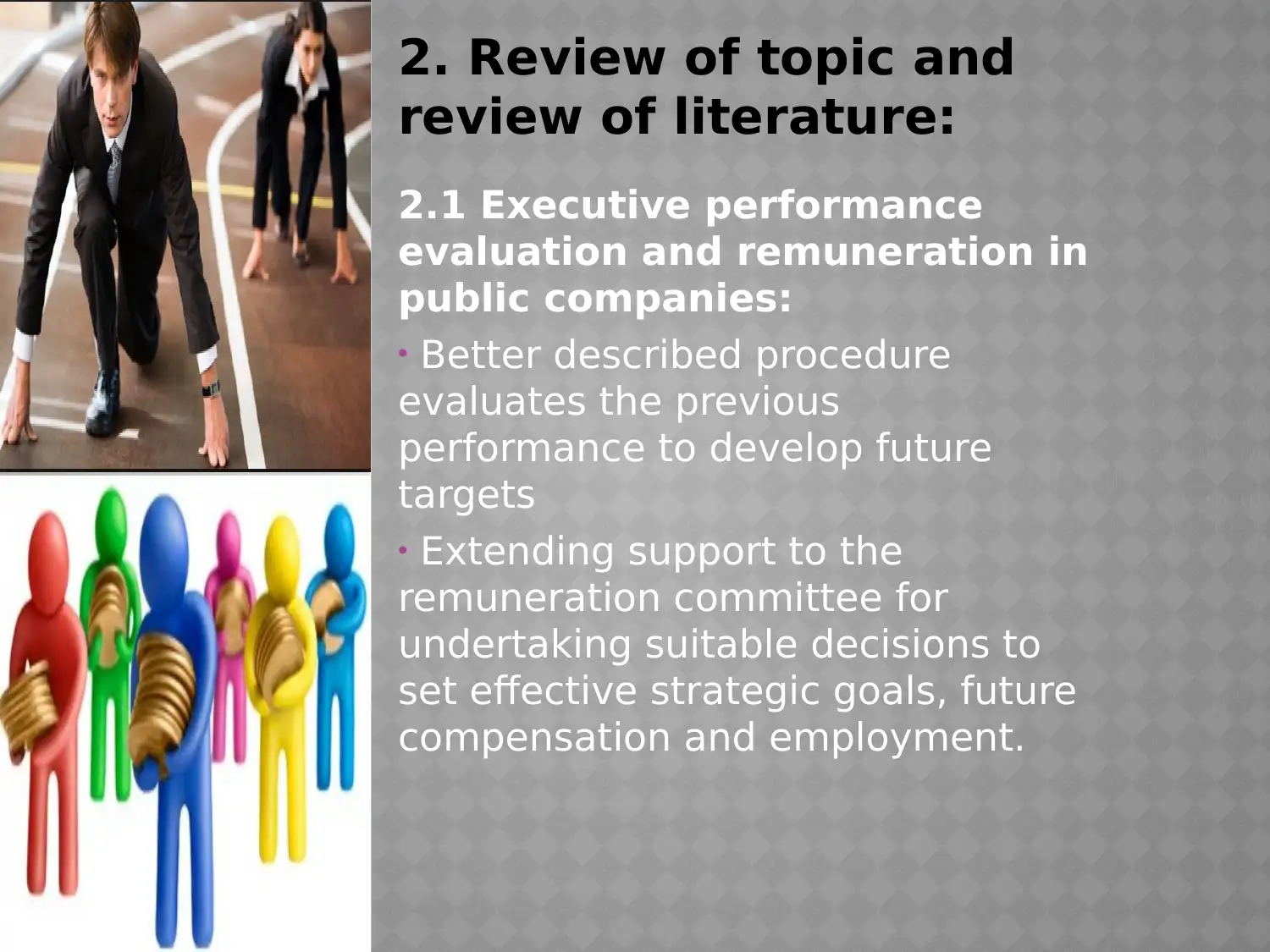

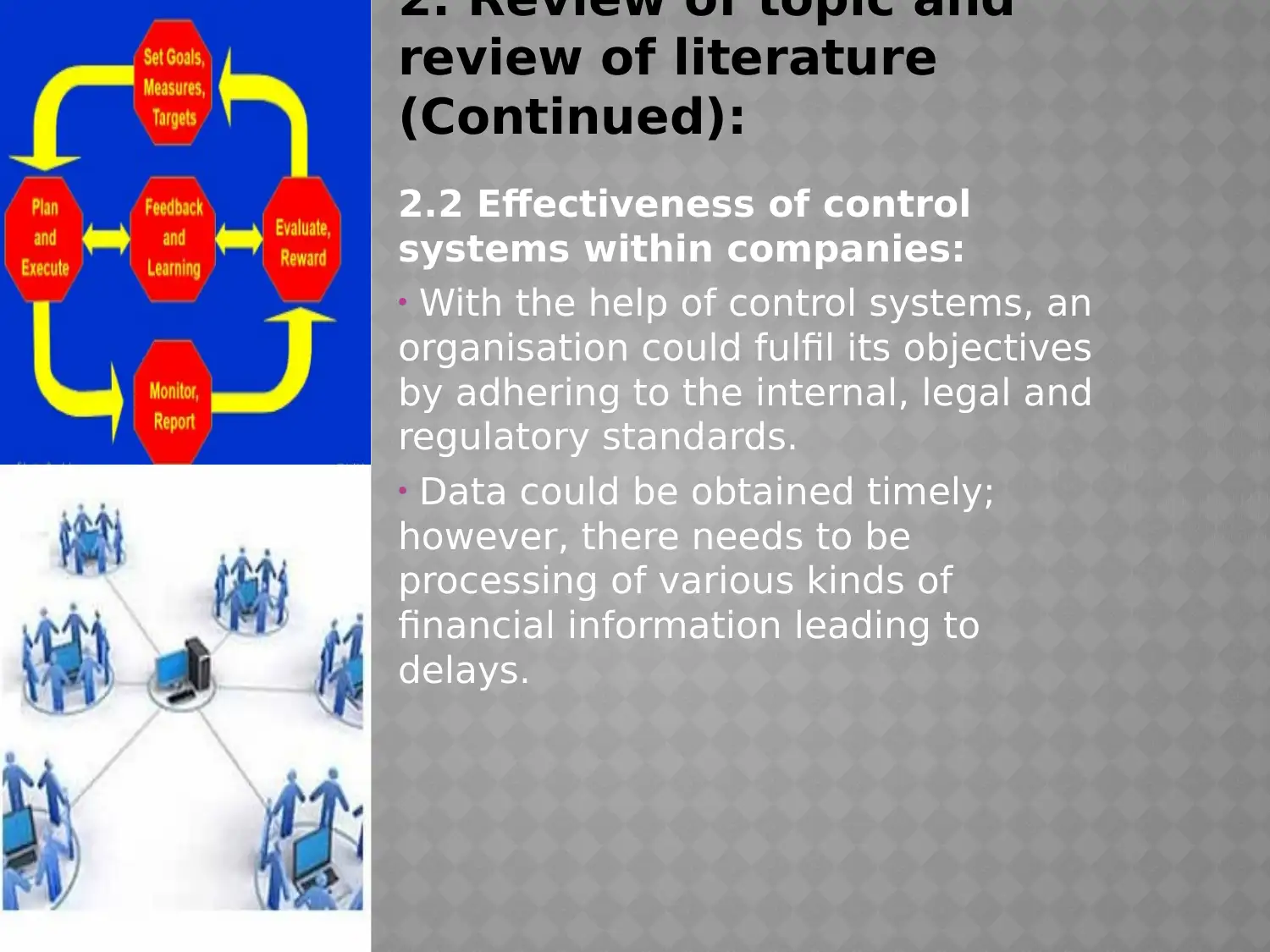
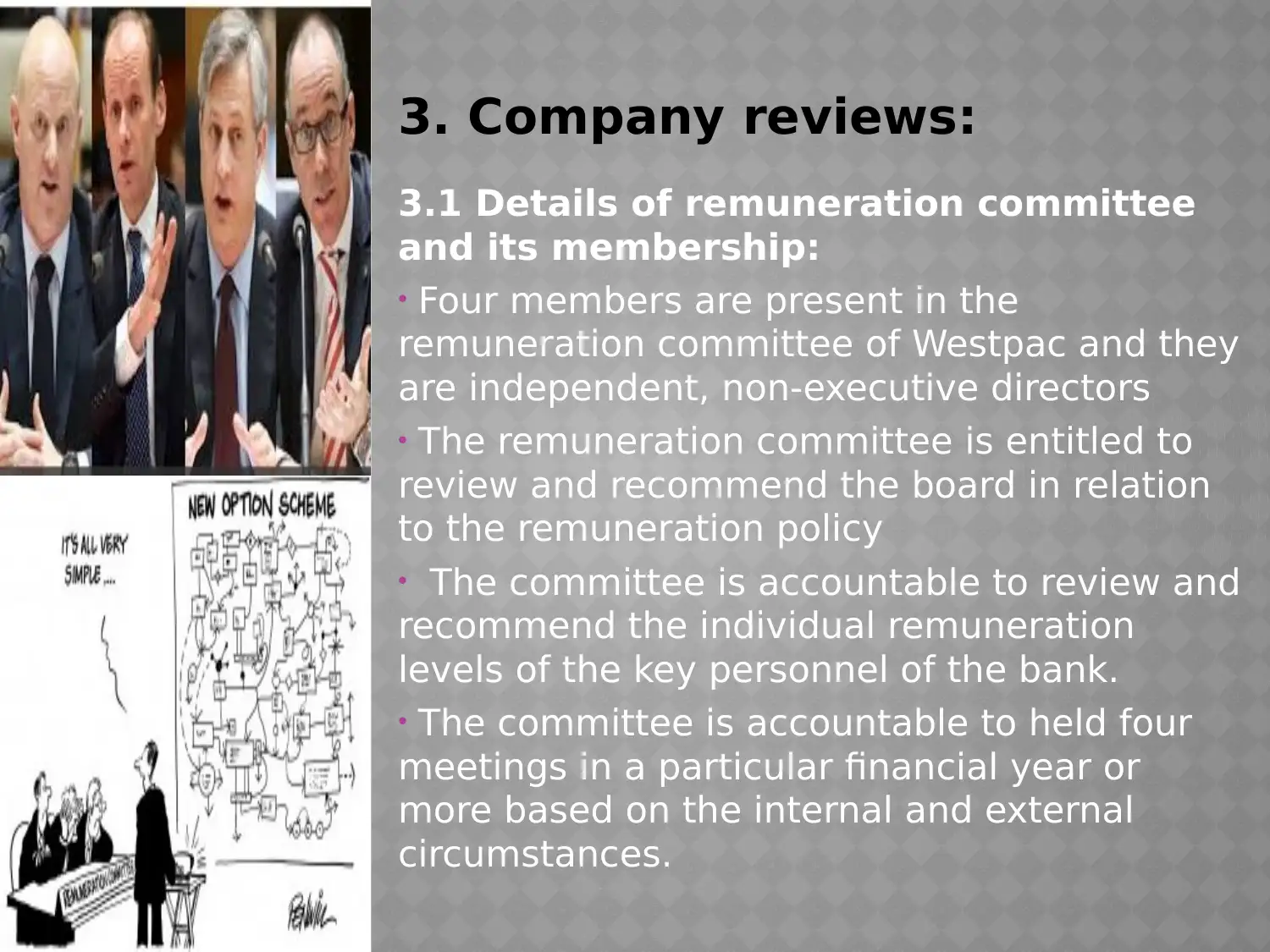
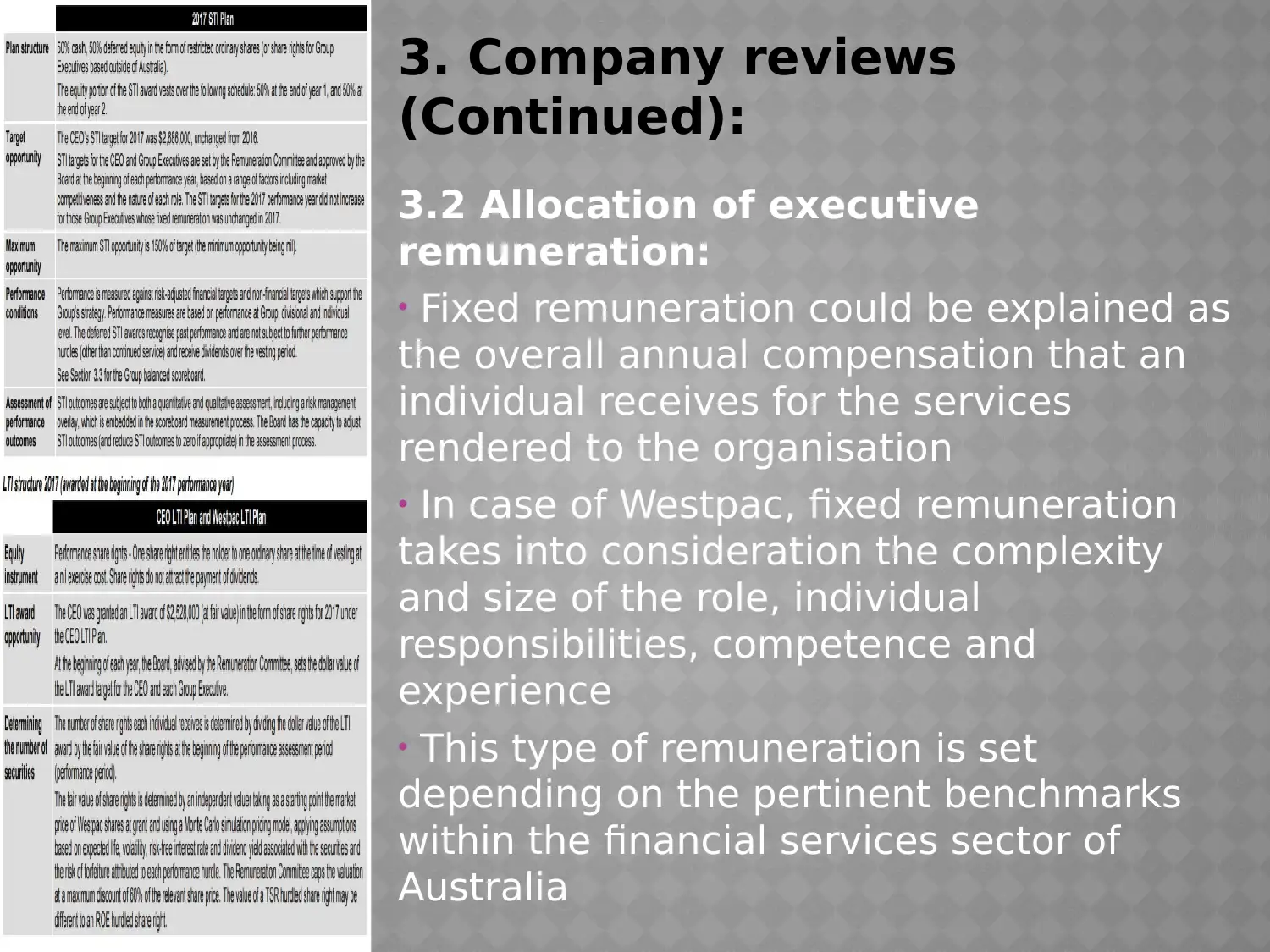
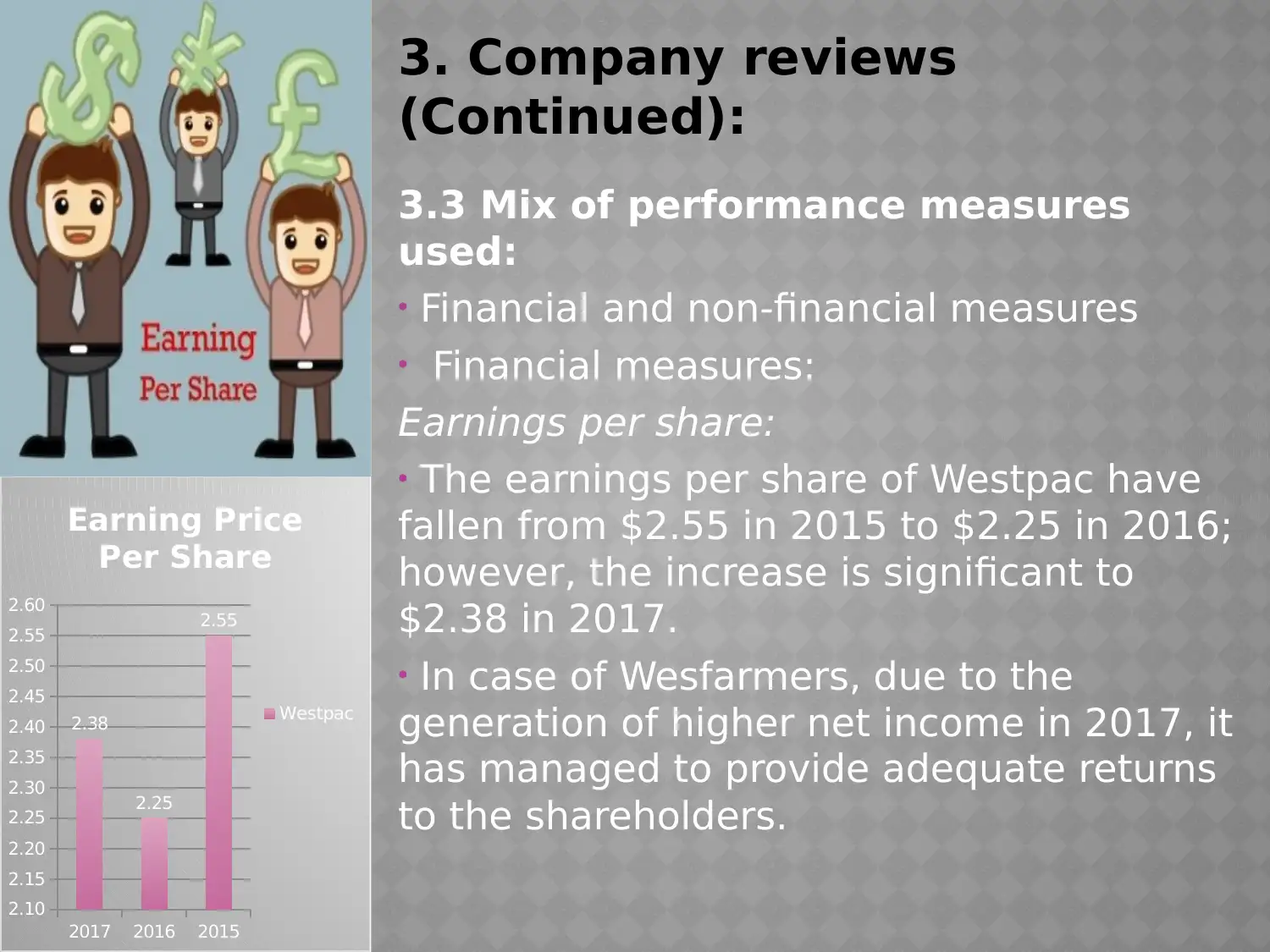
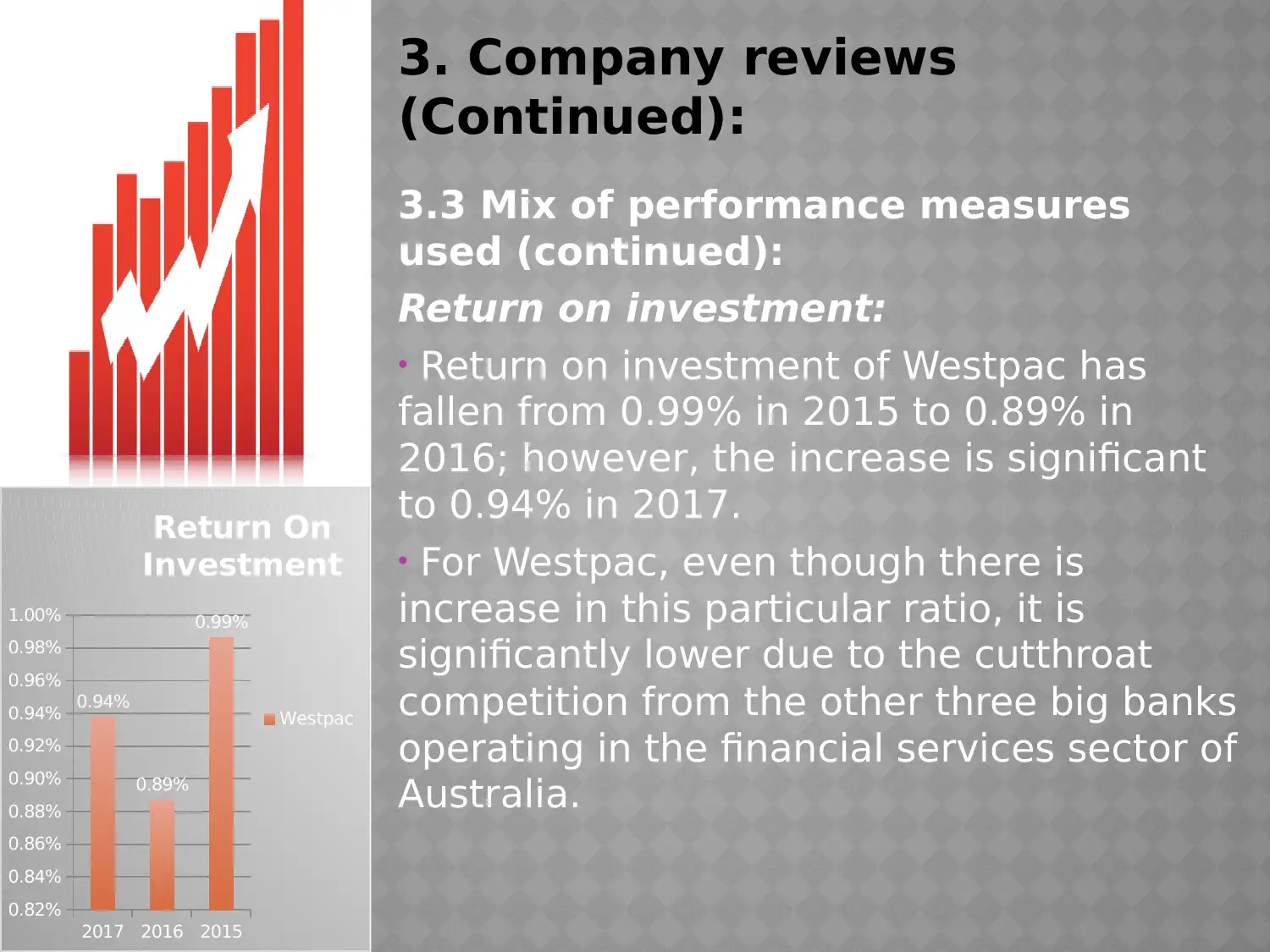
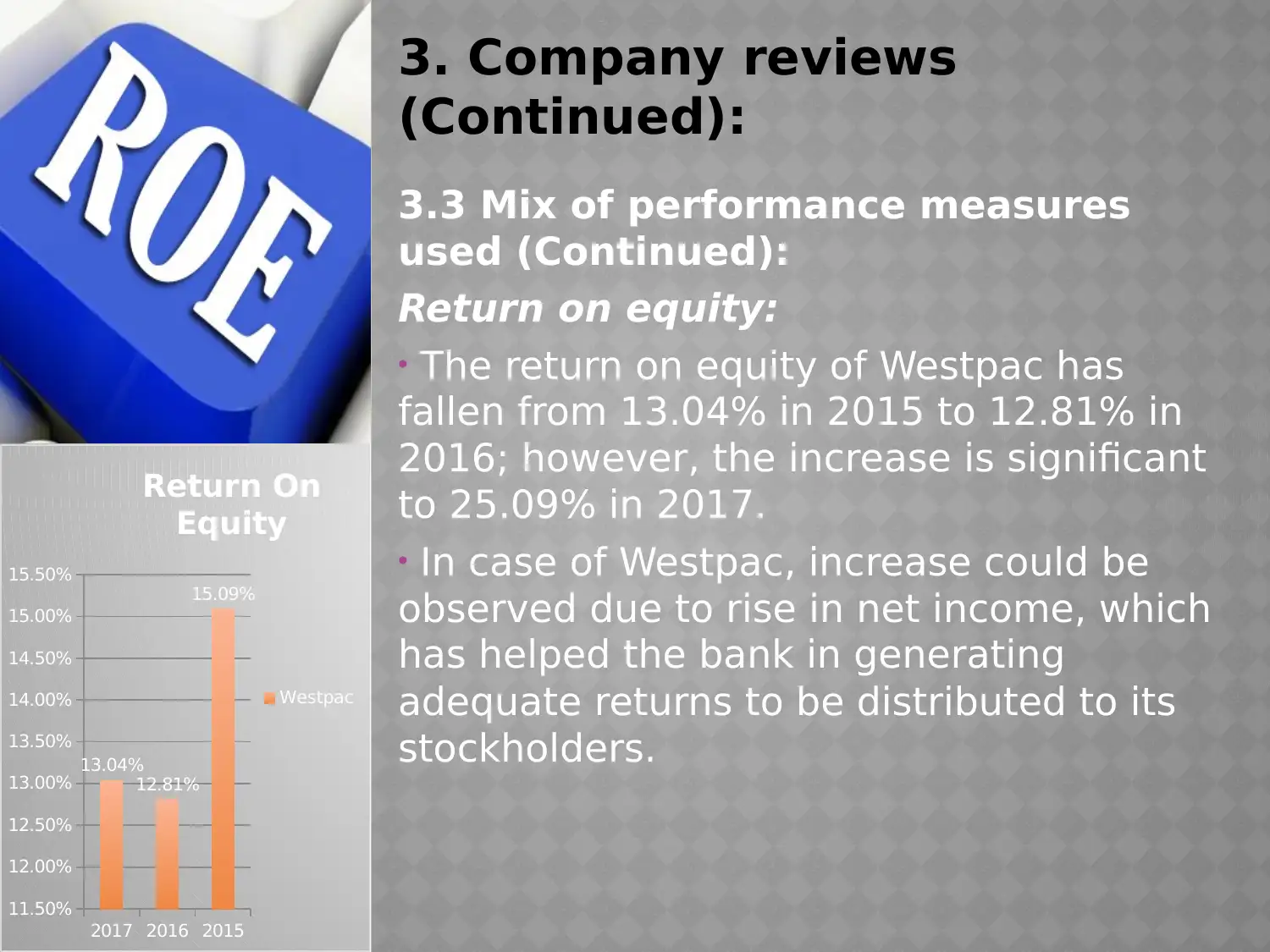
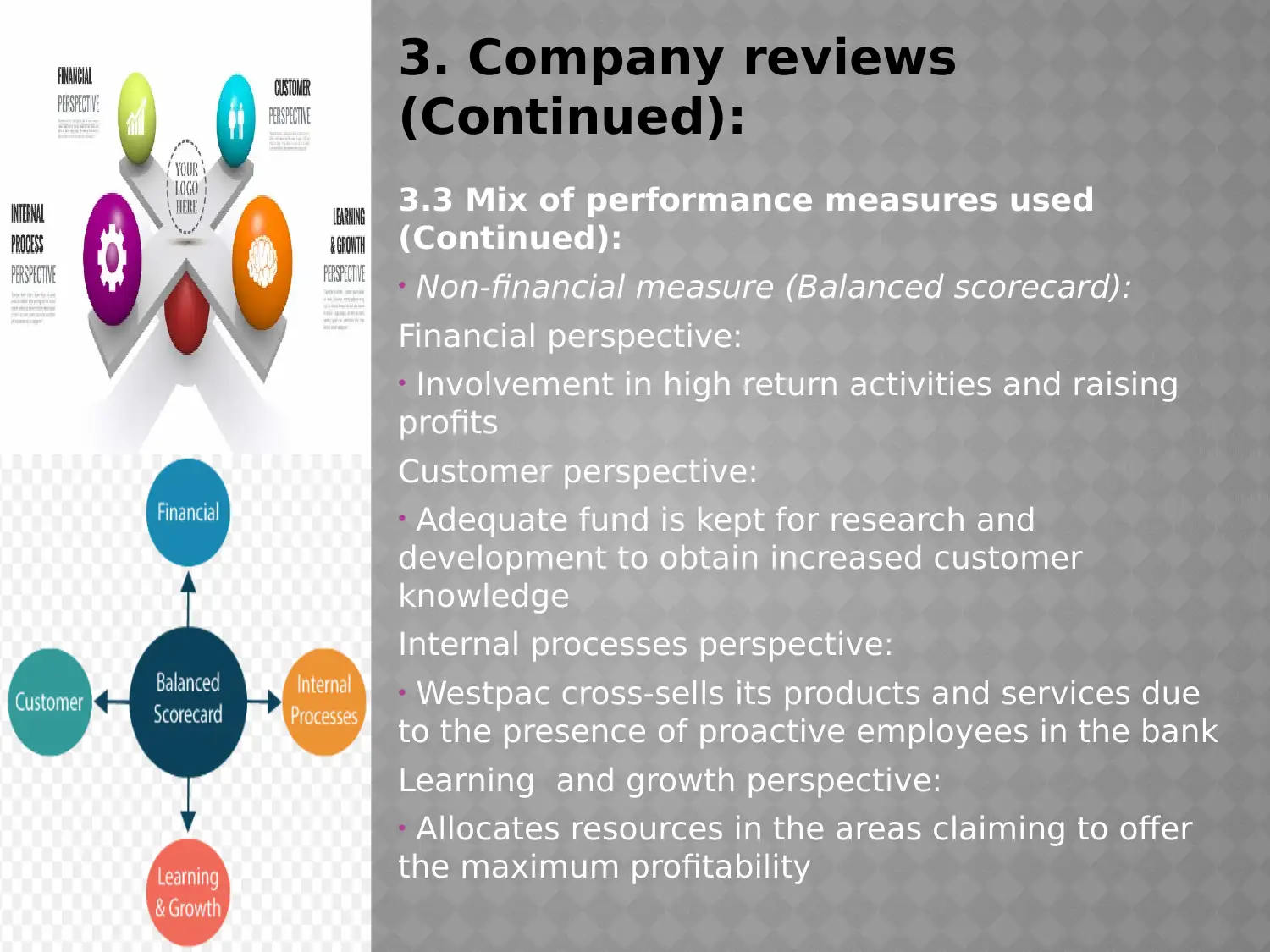
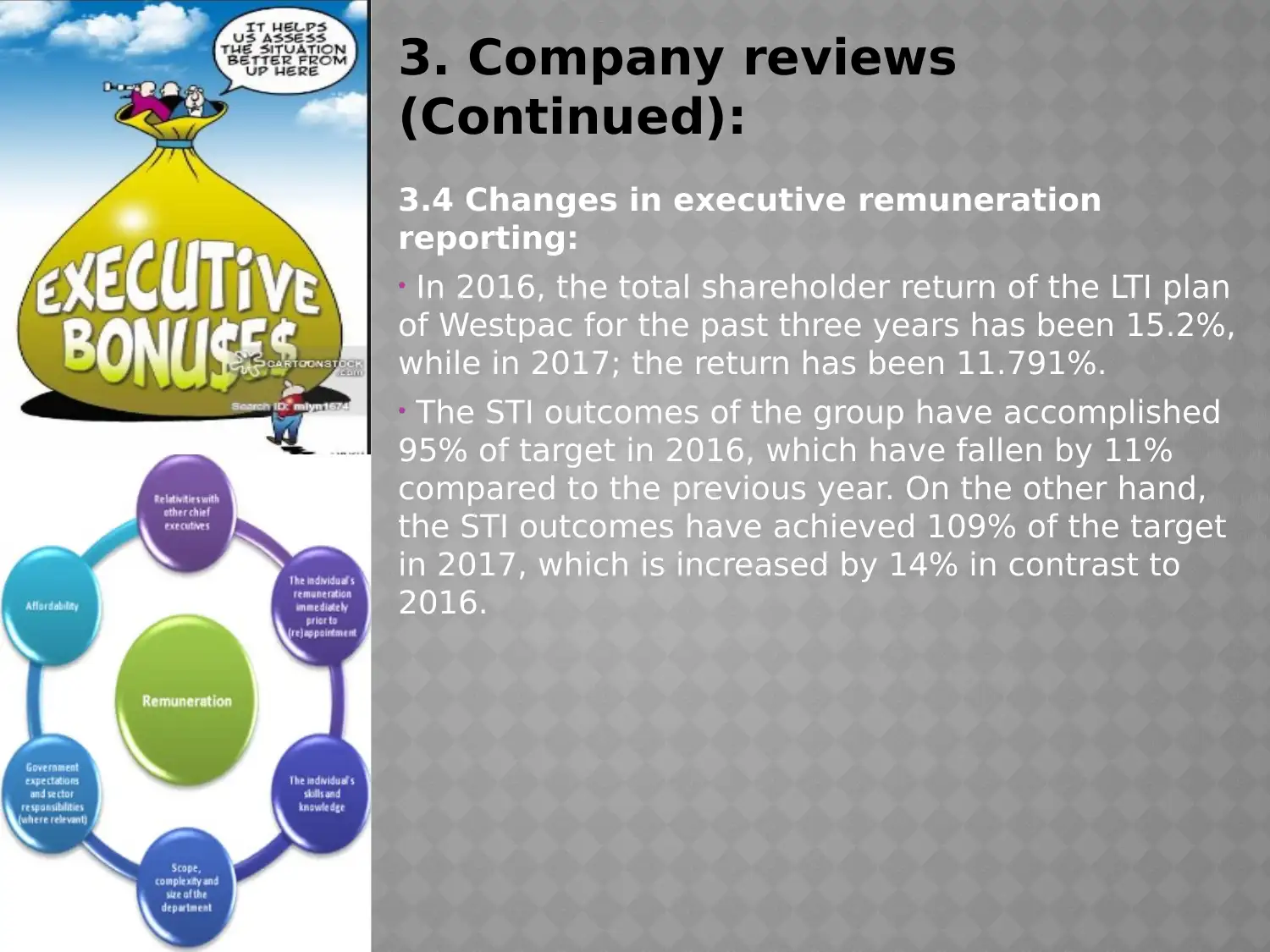
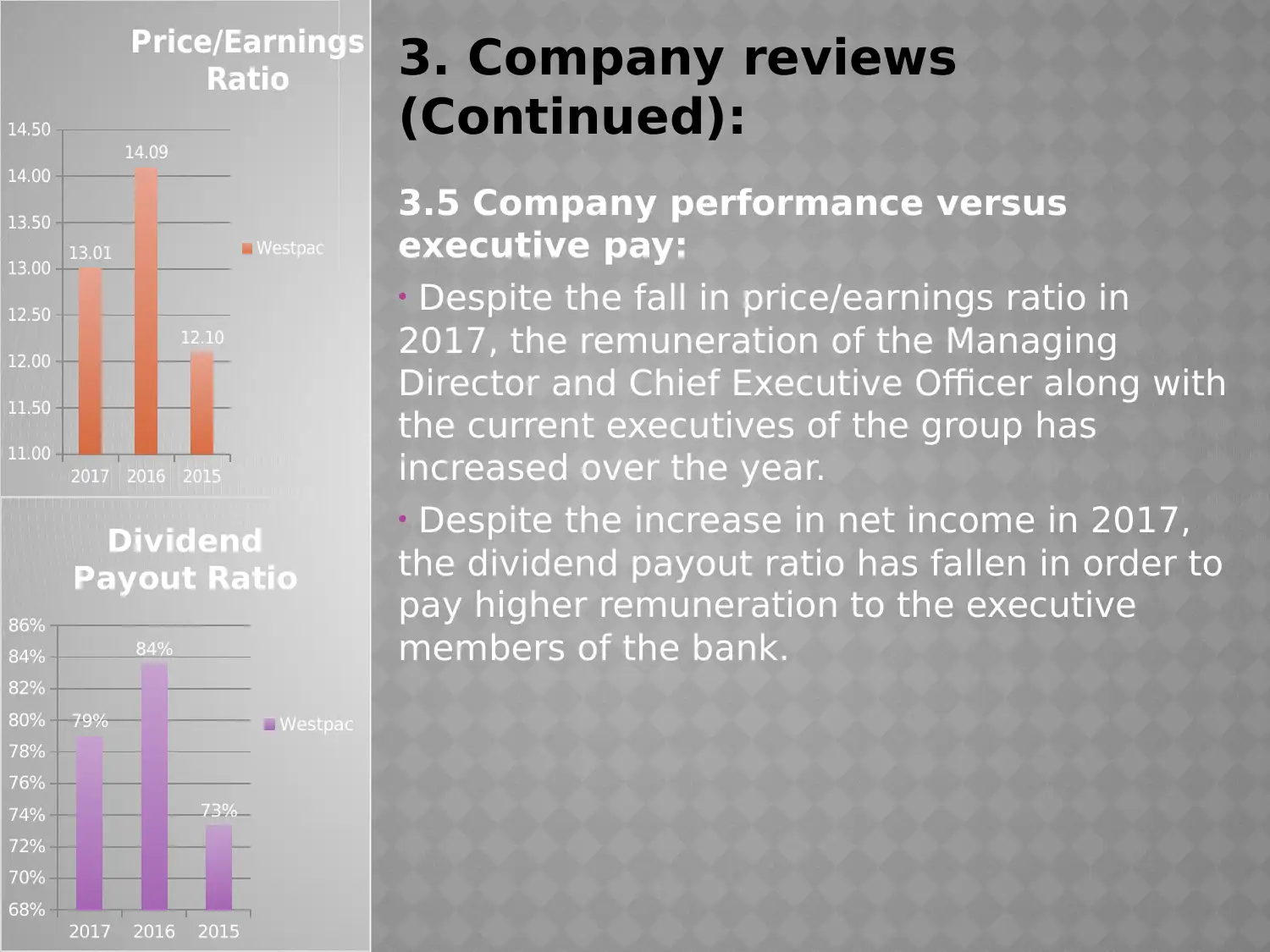





![[object Object]](/_next/static/media/star-bottom.7253800d.svg)